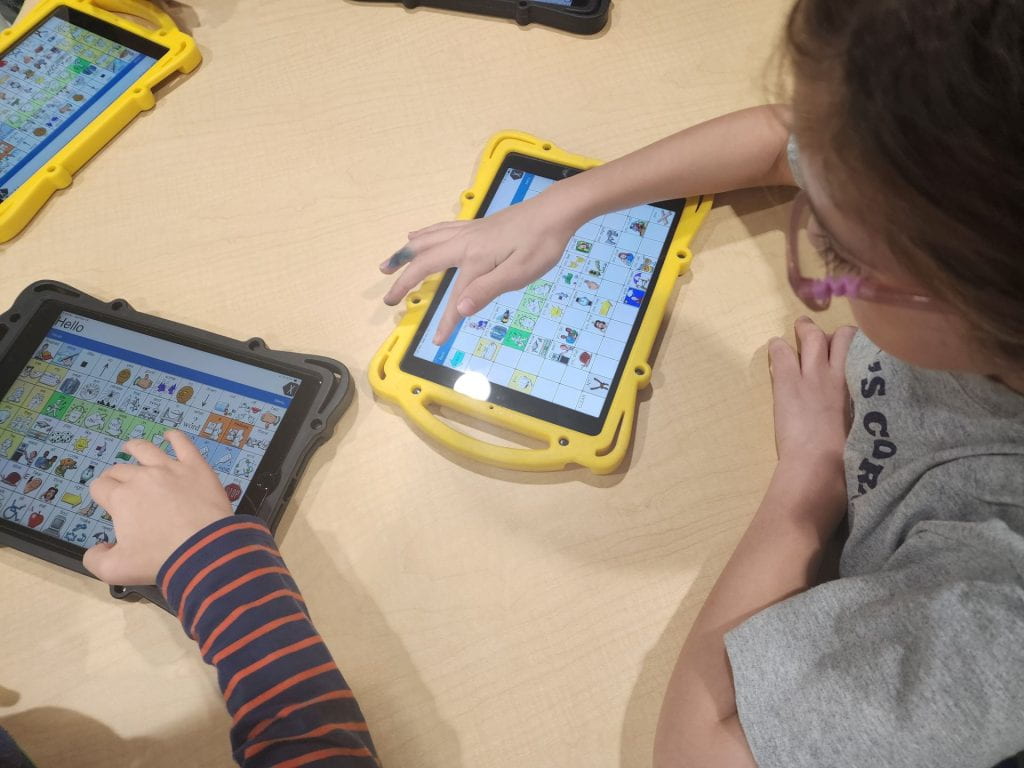Danielle Sullivan, a first-grade general education teacher at Countryside Elementary School, was one of several educators to complete a six-session Communication Partner Coaching experience, focused on increasing her abilities to teach language using augmentative/alternative communication (AAC). Through this coaching cycle, Ms. Sullivan practiced improving her skills at implementing a specific strategy used to model language using AAC to provide learners with more opportunities to experience specific vocabulary in meaningful ways. In addition, she incorporated AAC into whole group lessons, embraced AAC during literacy instruction, and advocated for a whole school professional development session for ALL Countryside staff to learn more about AAC. This experience highlights the power of intentional coaching in building inclusive learning environments where all students can communicate and thrive. Any staff member in LCPS can participate in this six-session coaching experience. To learn more about how to get started, contact the Specialized Instructional Facilitator – Assistive Technology or the Assistive Technology Specialist.
Learn more about what Ms. Sullivan had to say by experiencing the video titled A First-Grade Teacher’s Testimonial on Participating in Coaching.


























